The Five Worst Championship Transfer Windows
We look at the five most disastrous set of dealings from the past decade.
The transfer window is the time when Championship chairmen and their recruitment teams earn their money. Against a backdrop of fans demanding big money signings in the quest for promotion, the pressure is relentless. Inevitably, not everyone gets it right and for every rip-roaring success, there is more than one colossal failure.
In that spirit, here are the five worst Championship transfer windows of the past decade.
Do you agree with the list? Can anything trump this top five?
5th: Ipswich Town, Summer 2018
Notable Arrivals: Jon Nolan, Ellis Harrison, Toto Nsiala, Gwion Edwards, Kayden Jackson, Janoi Donacien.
Notable Departures: David McGoldrick, Martyn Waghorn, Joe Garner, Adam Webster.
2018 was a summer of change at Ipswich Town. Long serving manager Mick McCarthy had announced his departure back in April and on the playing front, David McGoldrick and Man City loanee Bersant Celina also left following the expiration of their contracts. Town’s off-field structure was lacking at the time, so new boss Paul Hurst was given almost free reign to rebuild the squad in his image. Owner Marcus Evans was unwilling to sanction significant investment though, which meant that any funds for incomings would have to be generated through sales.
Martyn Waghorn and Joe Garner, Town’s other two key forwards, moved on for a total of £6m and the defence was revamped too. Getting £3m for Adam Webster from Bristol City was seen as good business at the time, especially given the defender’s lack of fitness. However, his subsequent £20m sale to Premier League Brighton for £20m after a single season at Ashton Gate made the deal look a lot worse in hindsight.
If the outgoings were misguided, the arrivals were even worse. Hurst, who had made his name in League One with Shrewsbury Town, scoured the lower divisions for talent and dramatically misjudged the step up in quality to the Championship. Former Shrews Toto Nsiala and Jon Nolan, both of whom had been playing in non-league just two years previously, unsurprisingly struggled to adjust. Up front, Ellis Harrison could only muster one goal and promptly left for Portsmouth, meanwhile widemen Jordan Roberts and Gwion Edwards contributed little. The loan signing of a clearly unfit Jordan Graham on deadline day made a bad window even worse.
Town never looked like staying up and despite sacking Hurst in October, finished in a miserable 24th. After a final day victory over high-flying Leeds, there was optimism in Suffolk that Town’s arrivals, many of whom had excelled in League One, could fire them back to the Championship. Some argued that the problem had not been the players themselves, but rather trying to integrate them all in the space of a few weeks.
In reality, they were equally poor a level down and it was no coincidence that it took another major overhaul of the squad for Town to win promotion in 2023 and finally reverse the damage caused by Hurst’s summer of carnage.
4th: Hull City, January 2020
Notable Arrivals: Malik Wilks
Notable Departures: Jarrod Bowen, Kamil Grosicki
On deadline day in January 2020, Hull City fans probably thought their season had already petered out. Having begun the month as outsiders for the playoffs, a run of three defeat left the Tigers sitting in 13th, trailing the top six by eight points and thirteen clear of the drop. With seemingly little to play for, the owners calculated that it may be a good time to cash in on prized asset Jarrod Bowen in the over-inflated January window, and the forward subsequently joined West Ham for a healthy £22m. Not unreasonably, they also opted to let their other key attacker, Kamil Grosicki, leave. With the prospect of losing the Pole on a free in the summer looming large, they sold him to West Brom instead.
These decisions precipitated an almighty collapse. In their first match without Bowen and Grosicki, the Tigers were taken apart 5-1 by Brentford and things got even worse. By the time Covid-19 brought the season to a temporary halt in March, they were sat just one place above the bottom three, having collected just two points in six games following their demolition by the Bees. Once the season resumed, a win over relegation rivals Middlesbrough in match 40 gave Hull a temporary lifeline but the three points they collected would prove to be their last of the season, as they ended the campaign with six consecutive losses and finished rock bottom.
In total, Hull collected just six points from seventeen matches and it is tough not to link this dramatic drop off in form to those January sales. Before deadline day, they averaged 1.4 goals per game, with Bowen and Grosicki accounting for over half of them. Without their two stars, this number dropped to 0.9.
3rd: Wigan Athletic, Summer 2014
Notable Arrivals: Andy Delort, Oriol Riera, James Tavernier, Emyr Huws, Adam Forshaw, William Kvist
Notable Departures: Jordi Gomez, James MacArthur
Wigan began the summer of 2014 in perfectly good shape. A fantastic late run had seen them end the previous campaign in the top six and despite an extra time defeat to Premier-League bound QPR in the playoffs, they were among the promotion favourites heading into the following campaign.
They still had some gaps to fill though. Their playoff spot had been achieved despite nobody scoring more than seven times, so a striker was top of the wish list. The midfield needed a revamp too, with loanee Nick Powell returning to Manchester United and Jordi Gomez and James McArthur also leaving for the Premier League.
Looking through a 2023 lens, the calibre of player they managed to attract in their places seems extremely impressive. Striker Andy Delort registered four double-digit hauls in Ligue 1 between 2015 and 2022, right-back James Tavernier currently captains Scottish giants Rangers, midfielder Adam Forshaw has two Championship promotions on his CV and William Kvist is the owner of 81 Denmark caps and eight Danish Superliga winners’ medals.
However, their time with the Latics was very different. Delort failed to find the net once, Tavarnier played only 11 times before being farmed out on loan to Bristol City, Forshaw was sold to Middlesbrough just five months later for a significant loss and Kvist’s performances failed to match his reputation. Add in the £2.5m signing of the injury-prone Emyr Huws and it is impossible to class the window as anything other than a failure from a financial perspective.
Given the career trajectories of their recruits since, it would be easy to argue that Wigan were the victims of bad luck rather than their own decision making, but the signings’ lack of impact at the DW Stadium had dramatic consequences for the club on the pitch as well as off it. As had been the expectation in mid-2014, the Latics began the 2015-16 season outside the Championship but instead of seeing the bright lights of the Premier League, they kicked off in League One, following a dismal relegation in April.
Nine years on and Wigan have never truly recovered from this business. Having spent eight seasons in the Premier League, they were considered among the second tier’s big hitters in 2014 and are still yet to re-establish themselves at the lvel. Despite winning League One on no fewer than three occasions since, the Latics have continued to yo-yo between the divisions and an 18th-placed finish in the Championship represents the highest point of a disappointing decade.
2nd: Stoke City, Summer 2018
Notable arrivals: Benik Afobe, James McClean, Tom Ince, Sam Clucas, Peter Etebo , Ashley Williams.
Notable departures: Xherdan Shaqiri, Eric Choupo-Moting.
Stoke were everybody’s favourites for a swift return to the Premier League in 2018. They came down with some of the most decorated players to ever grace the second tier, including Champions League winners Darren Fletcher and Bojan Krkic. They spent heavily too, and with fellow relegated sides West Brom and Swansea making significant cutbacks, the Potters dominated the market.
Instead of targeting youth to complement their experience, the Potters opted for players from higher divisions on downward trajectories, in the hope they could recapture their previous glory days. Almost to a man, they didn’t. In the loan market they looked to Everton - themselves hardly a shining example of how to recruit - for new additions, borrowing Ashley Williams and Cuco Martina for the season. Both endured a torrid time in Staffordshire, as Williams’ lack of pace was horribly exposed by opposition forwards and Martina was sent back to Goodison Park four months ahead of schedule.
At least with the borrowed Toffees, Stoke fans only had to endure their performances for a single campaign; with the permanent additions, the pain lasted a little longer. 29-year-old James McClean joined from West Brom on a four-year contract, which would eventually have to be settled with 12 months remaining after he was banished to the reserves. At 25, Benik Afobe was a little younger but had struggled for form in the two seasons before his arrival and failed to improve his fortunes with the Potters, meanwhile Tom Ince flattered to deceive. The trio’s combined price of £27m was eyewatering and with none of them possessing any real re-sale value, all three eventually left on free transfers.
Even the most inventive and exciting signing was a flop too. Young Nigerian international Peter Etebo had starred for the Super Eagles at the World Cup just months earlier but looked disinterested at the Bet365 stadium and by 2020, he too was gone.
The product of this poor recruitment was a one-dimensional team which lacked pace and offered up very little entertainment as Stoke finished in a disappointing 16th that season. The Potters’ failure to trouble to the promotion places in subsequent season is a direct legacy of their 2018 window, with the costly outlay having hamstrung their ability to strengthen in subsequent seasons. Only the sale of the club’s stadium to the Bet365 group in 2021 prevented a breach of the EFL’s profit and sustainability rules.
With all of their expensive flops now out the door, Stoke can look forward once again. However, it’ll probably take a return to the Premier League to fully erase the memories of five years ago.
1st: Aston Villa: Summer 2016
Notable arrivals: Ross McCormack, Albert Adomah, James Chester, Tommy Elphick, Pierluigi Gollini, Aaron Tshibola, Jonathan Kodjia, Ritchie De Laet.
Notable departures: Adama Traore, Idrissa Gueye, Ciaran Clark.
If a manual of now not to conduct transfer business is ever to be published, tales of Aston Villa’s 2016 deals should feature in its most prominent chapter.
Although the Villains had come off the back of an awful relegation, optimism was high as unpopular owner Randy Lerner finally sold the club. New chairman Tony Xia made no secret of his ambitions, claiming that in five years’ time, Villa would be spoken of in the same breath as Real Madrid and Barcelona.
The Chinese businessman provided a budget fit for the Spanish giants, with £50m spent in the summer and another £22m splashed out in January. Sadly for Villa, there were no similarities with Messi and co. on the pitch as they finished in the bottom half of the table, an underachievement the reasons for which could be traced back to their transfers.
When £12m Ross McCormack joined fresh from a prolific spell at Fulham, the prospect of him becoming a candidate for the worst transfer in second tier history seemed laughable. The frontman was a major disappointment though and a fall out with manager Steve Bruce led to him being jettisoned from the squad in January 2017. Despite this, he stayed on Villa’s books until 2019, when the final year of his mammoth contract was finally settled, 22 months after his last appearance for the club. Convincing goalkeeper Pierluigi Gollini to swap Serie A for England’s second tier was seen as another big coup but he too was shipped out early after a string of costly mistakes.
While the moves for McCormack and Gollini made sense at the time, other signings were baffling from the outset. By the age of 21, Aaron Tshibola’s EFL exploits had amounted to a loan spell at Hartlepool and 13 matches for Reading, yet Villa saw fit to part with £5m for his services. Eight appearances and two failed loan spells later, he departed for nothing in 2019.
Elsewhere, Ritchie De Laet and Tommy Elphick brought promotion experience with them but failed to deliver and even those who fared better, such as Jonathan Kodjia and James Chester, came with hefty price tags.
Villa were not the only club to aggressively pursue promotion that summer; Newcastle United made some expensive signings of their own as they too targeted Championship experience. The key difference, as well as the quality of player recruited, was that the Magpies’ outgoings were accounted for by sales. By contrast, Villa incurred enormous losses, with their net spend on fees alone totalling £33m across the season, so failure to go up hit them hard.
With a huge wage bill, the club’s day to day running costs were extortionate, so when Xia had difficulties releasing money from his native China in 2018, Villa’s future looked perilous. Before the NSWE Group’s takeover that summer, liquidation was being talked of as a serious possibility.
Fortunately for Villa, financial meltdown was avoided and they secured promotion in May 2019. However, they provide a cautionary tale of why sustainability should not be ignored in the quest for success.
Honourable mentions
Consolations prizes (of sorts) go to Middlesbrough’s summer 2018 business, and the deals done by Sheffield Wednesday in January 2017, two desperately poor windows that narrowly avoided a place on the list.

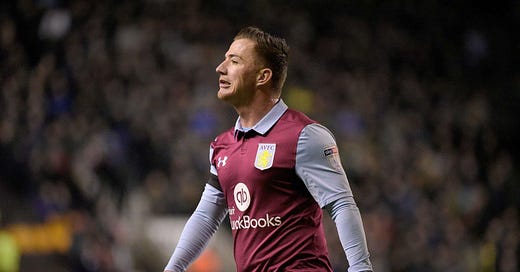



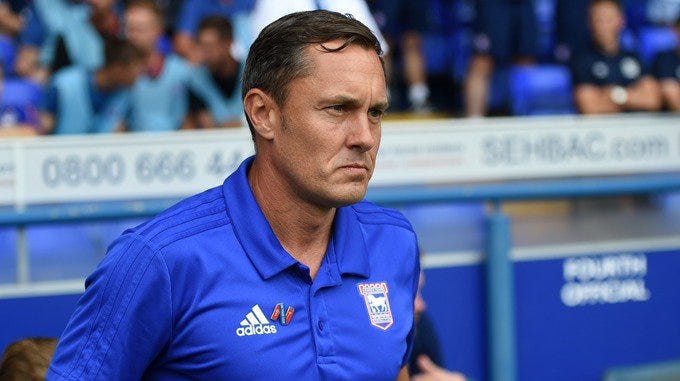
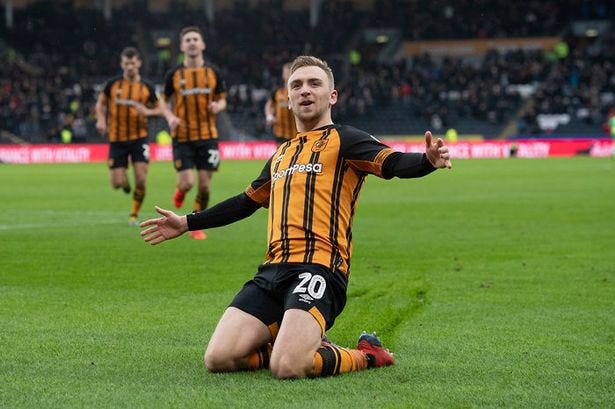
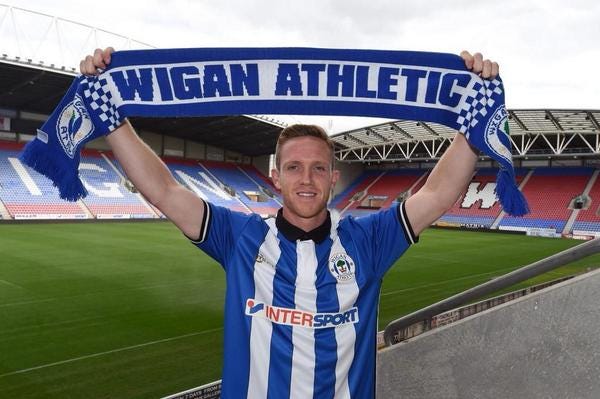
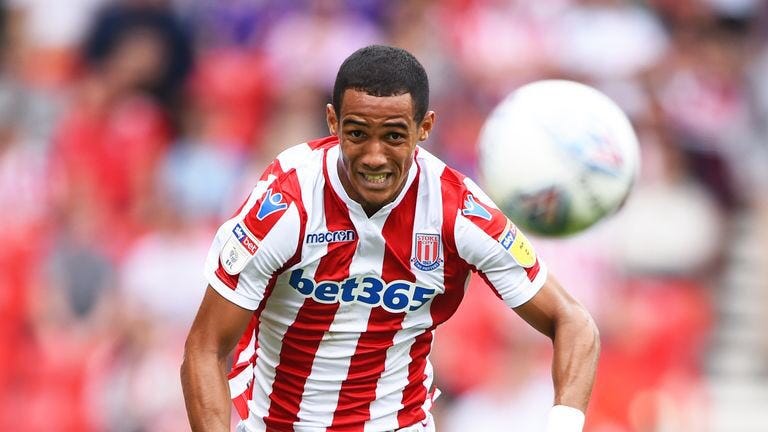
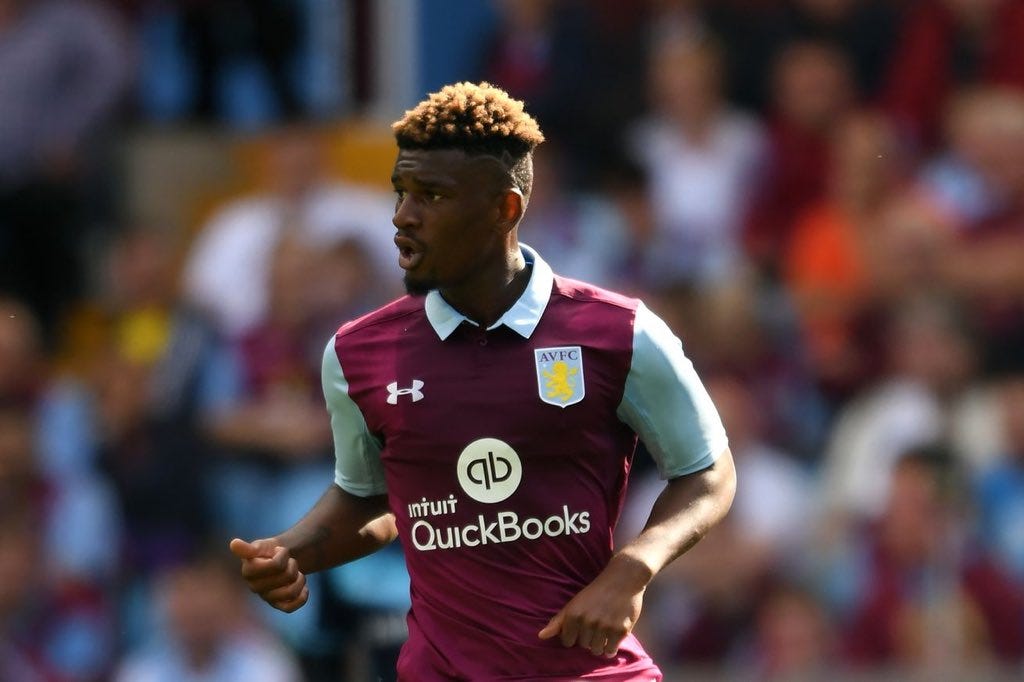
good writing Jacob, length is perfect for a quick but engaging regular read.
Some great choices, although I wonder if our Summer 2018 deserves to be a little higher!